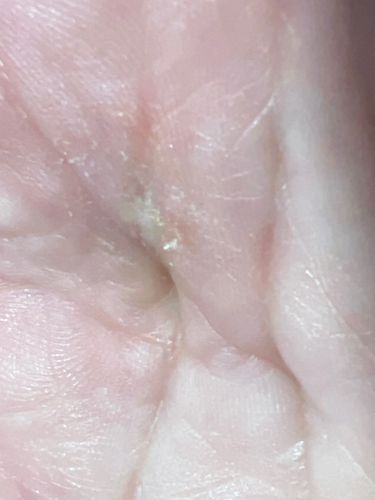Sarcoptic Mange Mite
Scientific Name: Sarcoptes scabiei
Order & Family: Astigmata (formerly Acarina); Sarcoptidae
Size: 0.2 mm - 0.4 mm (females are larger than males)

Natural Habitat
Burrows within the epidermis of mammals, including humans. Prefers areas with skin folds and warmth.
Diet & Feeding
Feeds on skin cells, tissue fluids, and lymph while burrowing within the skin.
Behavior Patterns
Female mites burrow into the upper layers of the skin, creating tunnels where they lay 2-3 eggs per day for 4-6 weeks. Eggs hatch into larvae, which mature through nymphal stages within skin pockets or hair follicles. The entire life cycle, from egg to adult, takes about 10-17 days. Mites are generally nocturnal, causing increased itching at night. Transmission occurs through direct, prolonged skin-to-skin contact.
Risks & Benefits
Potential risks: Causes scabies in humans, a highly contagious skin infestation characterized by intense itching and a rash. Secondary bacterial infections can occur from scratching. In animals, it causes sarcoptic mange. No known benefits to humans or the ecosystem, as it is a parasitic organism.
Identified on: 10/31/2025